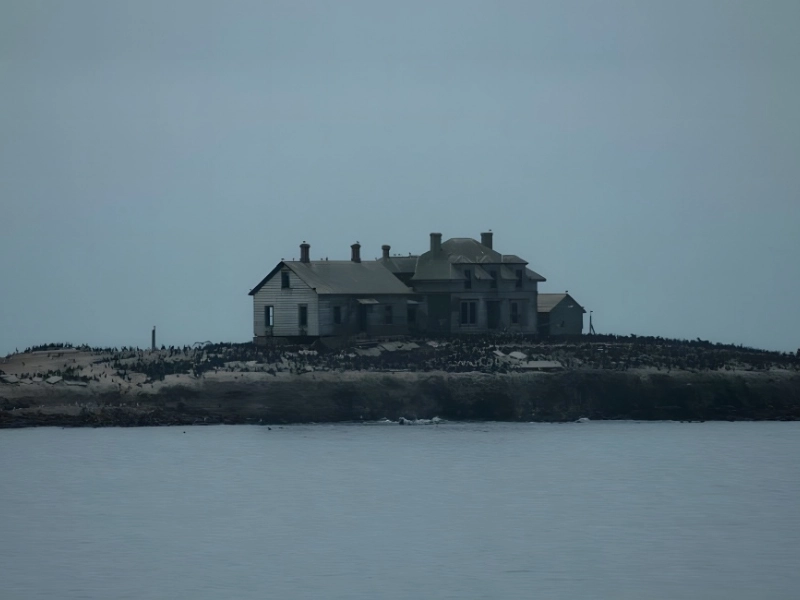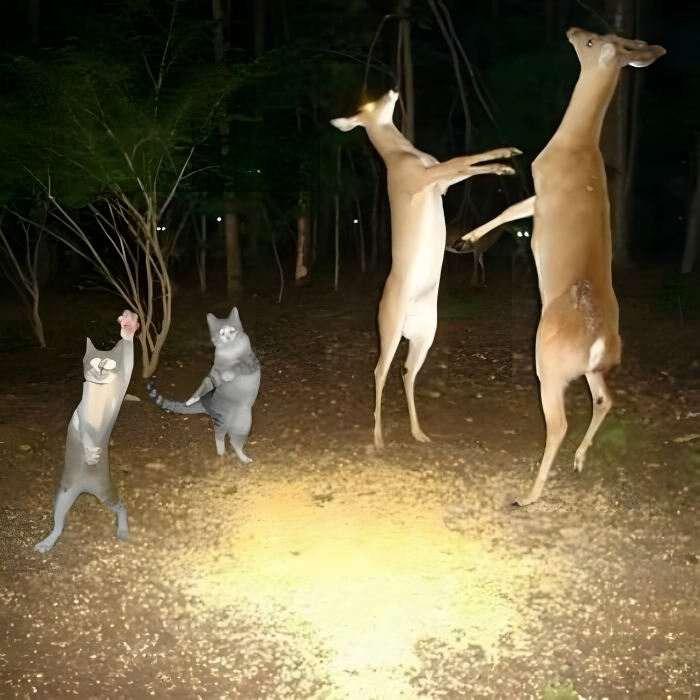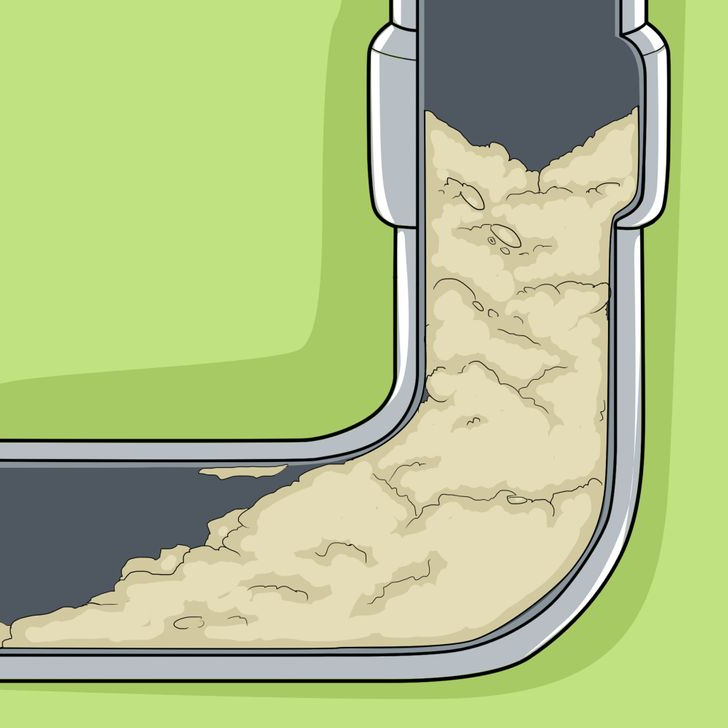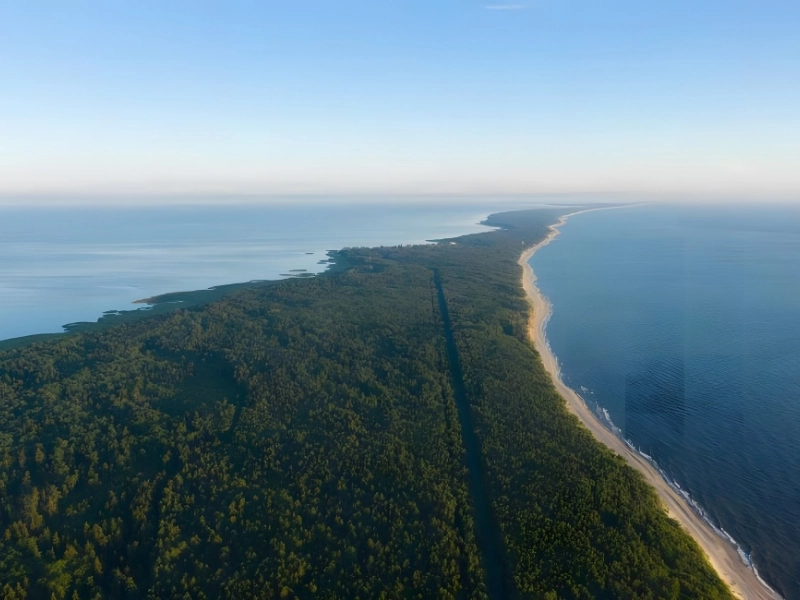7. Pescadero, California's Año Nuevo Island
In 1868, the small community of Peccadadero, located in California, was beginning to carve out its identity amid the changing landscape of the American West. Though specific financial details are not provided, this period marked a time of growth and opportunity for many towns in California, particularly as the state was experiencing significant developments following the Gold Rush.
Peccadadero, with its picturesque surroundings and proximity to the Pacific Ocean, was poised to attract settlers and entrepreneurs seeking new beginnings. The community's name, which means "place of sin" in Spanish, reflects its unique character and the diverse cultural influences that shaped the region.
During this era, California was undergoing rapid transformation, with infrastructure improvements and the expansion of agriculture playing crucial roles in local economies. Settlers were drawn to the promise of fertile land and the potential for prosperity, contributing to the growth of small towns like Peccadadero.

Relatively recently, Ano Nuevo Island was connected to California's northern coast via a small land bridge. However, as water levels rose, this connection was severed, creating a waterway that isolated Ano Nuevo from the mainland. In the wake of this transformation, the area was abandoned by its human inhabitants, leaving behind empty buildings and structures.
Today, Ano Nuevo Island has been reclaimed by nature and is now home to thousands of sea lions and seals, which have taken advantage of the former grounds as a prime location for repopulating their species. The island primarily hosts Steller Sea Lions and Northern Elephant Seals, making it a vital sanctuary for these marine mammals. This shift from a man-made environment to a thriving natural habitat underscores the resilience of wildlife and the importance of conservation efforts.
While the region surrounding Ano Nuevo is strictly protected to preserve its ecological significance, swimming in the waters nearby is not advisable due to the high shark population. The area serves as a reminder of the delicate balance between human activity and natural ecosystems, illustrating how nature can reclaim spaces once dominated by people.


























Comments
Leave a Comment
Your email address will not be published. Required fields are marked *